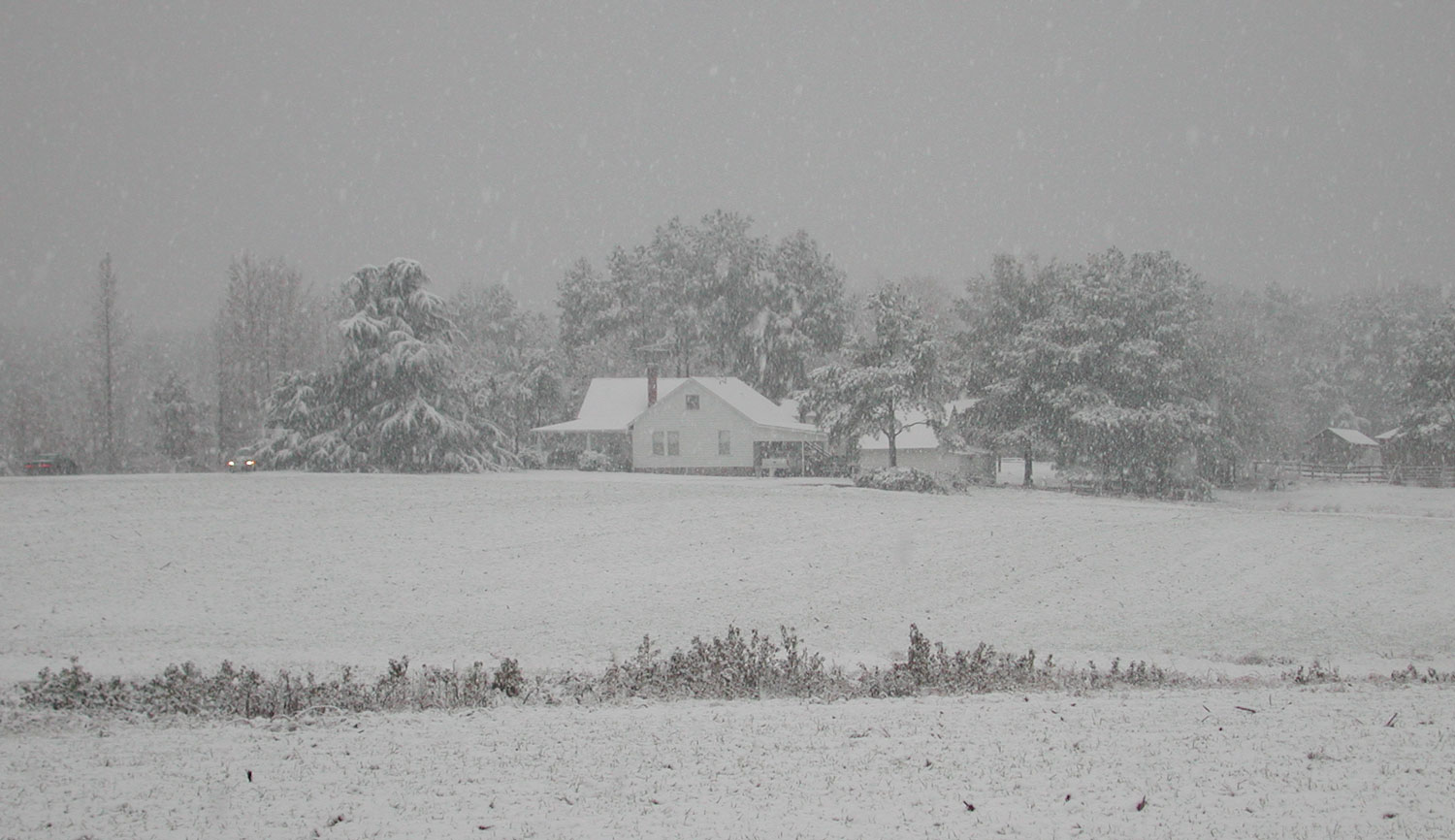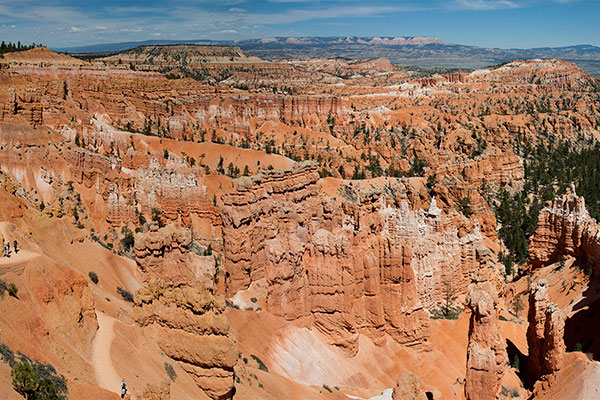Let It Snow (Blizzard, Flurry, Squall)!
Photos by Forrest Anderson
Snow is a deep subject. I discovered that when I cozied up on the couch this week with wind and snow howling outside and zero visibility to research the frozen white stuff.
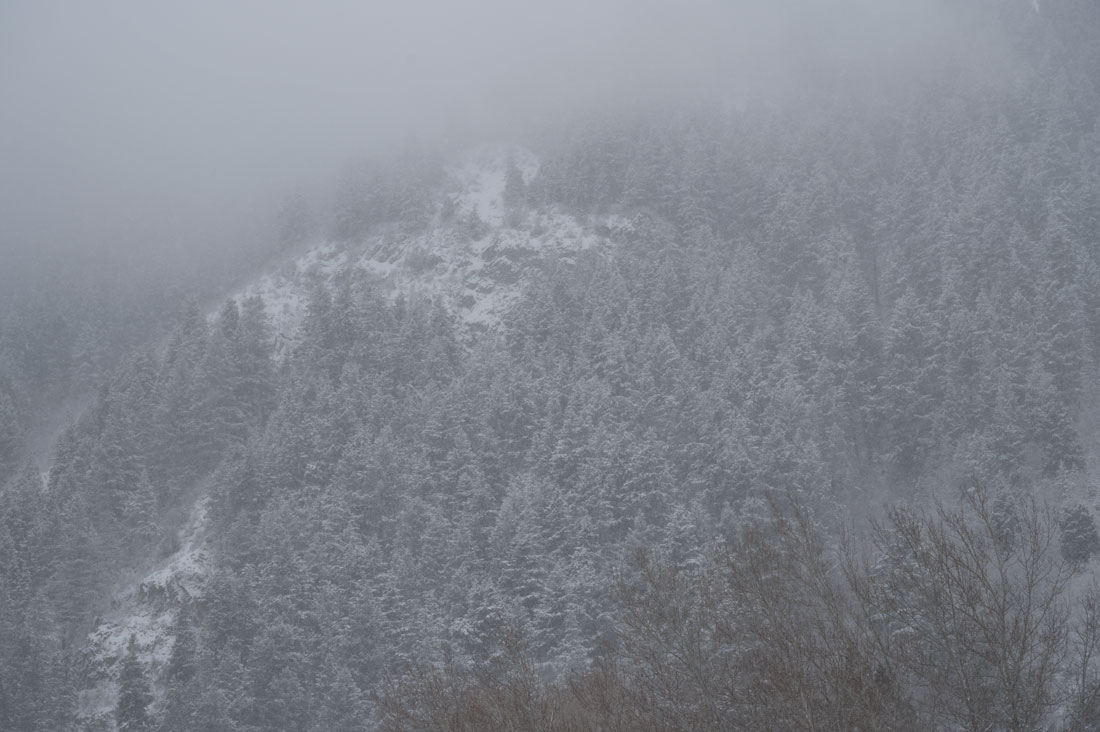
Here’s what I found out:
Myth buster - The Inuit language of Alaska actually has about the same number of words for snow as English does, despite hyperbole about the number of Inuit snow words. Both Inuit and English have some 40-50 different words for snow. That’s less than half of the number for snow in Japanese.
About 98% of Earth’s snow cover is in the Northern Hemisphere, where it has both significant linguistic impact and a huge influence on climate variation.
Snow covers some 17 million-18 million square miles of the globe annually. It reflects about 80-90 percent of the sun’s energy back into the atmosphere, helping to regulate and moderate the exchange of heat between the Earth’s surface and the atmosphere to cool the planet.
While cooling the atmosphere, snow helps keep the ground warm. It is an insulating blanket that holds heat in the ground and keeps ground moisture from evaporating. This protects soil and organisms from drastic changes in air temperature.
Snow cover also prevents ice from forming quickly on the ground. This is important for plants because when soil freezes under ice, the movement of water in and on the surface of the soil and chemical exchanges between the ground and soil are inhibited.
The Effect of Climate Change on Snow
Because of human-caused climate change, warmer temperatures are shortening the time that snow is on the ground. Snow cover is decreasing and melting earlier, changing when and how much water runs into some rivers and reservoirs. Snow is melting earlier in the spring, so the shortening of winter also is lengthening the growing season. In Europe and Asia, such changes can shift the arrival of the summer monsoon season and how long it lasts.
The rivers and reservoirs of many regions primarily are filled by snowmelt. This is especially true in the western United States, where snow is critical to the region’s water supply.
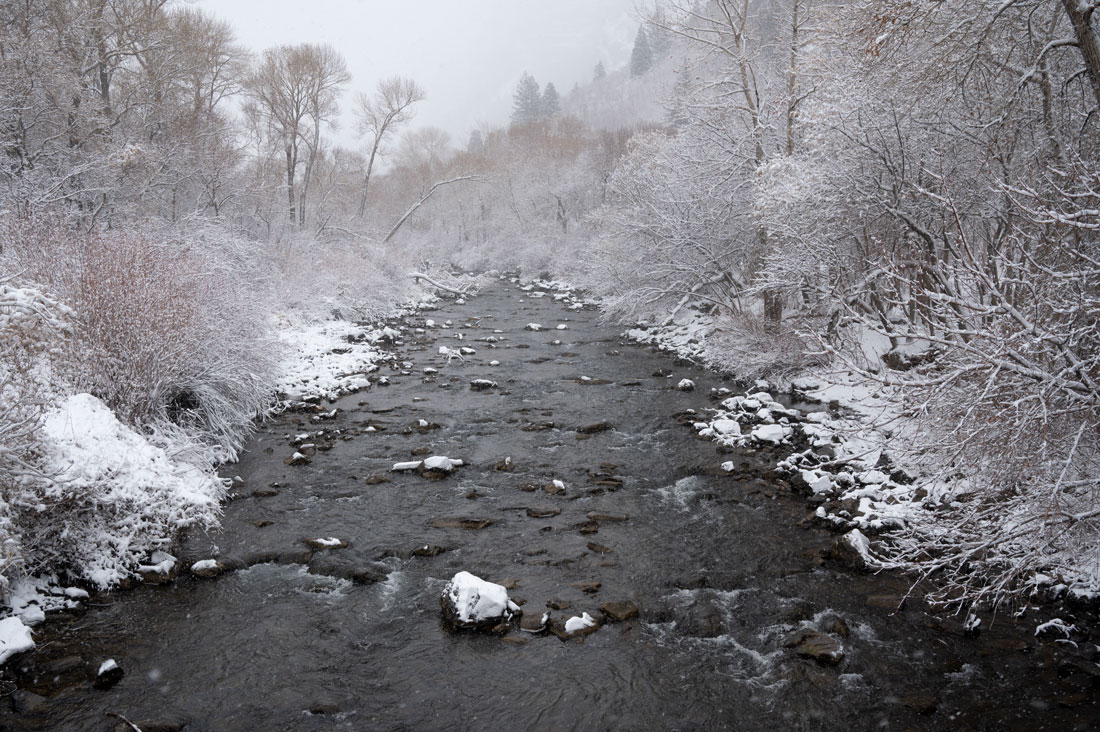
The amount of land and sea ice that is snow-covered each year has been decreasing, and scientists think that in the future it will continue to do so.
Melting also is occurring during normally cold seasons, and more rain is falling in lieu of snow. This means that snow is melting and refreezing more frequently. Rain and melted snow freeze at night, sealing the ground under a sheet of ice. This is a serious problem for musk oxen and caribou, because they can sweep snow off to graze on grass, but they can’t break through ice to reach the grass.
Retreating glaciers and snowpack are causing concerns about dwindling water supplies in India and southwest Asia.
Ski resorts are experiencing warmer winter temperatures. Bolivia’s only ski resort, at Chicaltaya Glacier, had to close in 2009 after the glacier retreated and then vanished. Ski resorts in wetter climates such as the Pacific Northwest have a harder time making artificial snow than do those in drier climates like Colorado.
Different Types of Snow
All snow is not created equal. Differences in elevation, vegetation, prevailing wind and weather patterns, and distance from a coast can affect the type of snow an area receives – hence some of our different words for snow. Colorado skiers get fluffy dry snow that they call “champagne powder” while California skiers have to make do with heavy, wet snow that they refer to as “Sierra cement.” A variety of other skier terms such as “mashed potatoes,” “glop.” “crud,” “mush,” and “marble” describe different types of snow.
Wind can create snow microclimates in which snow is blown off a slope and deposited on the other side of the slope so the same mountain can have ten times the amount of snow on one side than on the other.

Snow has a huge impact on human life, from building designs to travel and snow hazards. Snow also affects wildlife migration and survival and the timing of spring blooms such as those on fruit trees.
There is such a thing as very old snow, which scientists study in places such as Greenland and Antarctica to find out about past climate conditions.
So What is Snow?
It is accumulated packed ice crystals, which can vary in color, temperature and water equivalent.
Most of the total volume of a snow layer is made of air. Ten inches of fresh snow can contain between four and ten inches of water, depending on the snow’s crystal structure, wind speed, temperature, and other factors.
Once snow crystals form in the atmosphere, they grow by absorbing surrounding water droplets. The snowflakes we end up seeing on the ground are an accumulation of these ice crystals.
Snow forms when the atmospheric temperature is at or below freezing 32 degrees F and there is a minimum amount of moisture in the air. If the ground temperature is at or below freezing, the snow will reach the ground. However, the snow can still reach the ground when the ground temperature is above freezing under the right conditions. Snowflakes will start to melt as they reach this warmer temperature layer, and the melting creates evaporative cooling that cools the air around the snowflake and retards melting. Generally, however, snow won’t form if the ground temperature is at least 41 degrees F.
It's not possible for it to be too cold to snow. Snow can occur even at very low temperatures if there is moisture and a way to lift or cool the air. However, most heavy snowfalls occur when there is relatively warm air near the ground — 15 degrees F or warmer — since warmer air can hold more water vapor.
Because snow formation requires moisture, very cold dry areas rarely receive snow. Antarctica's Dry Valleys, for example, are usually ice free because they have low humidity.
Colors of Snow
We generally consider snow white, because almost all of the light that strikes the surface of snow reflects back. However, snow does tend to absorb red light and reflect blue, giving snow a bit of a blue tint especially in depressions such as footprints.
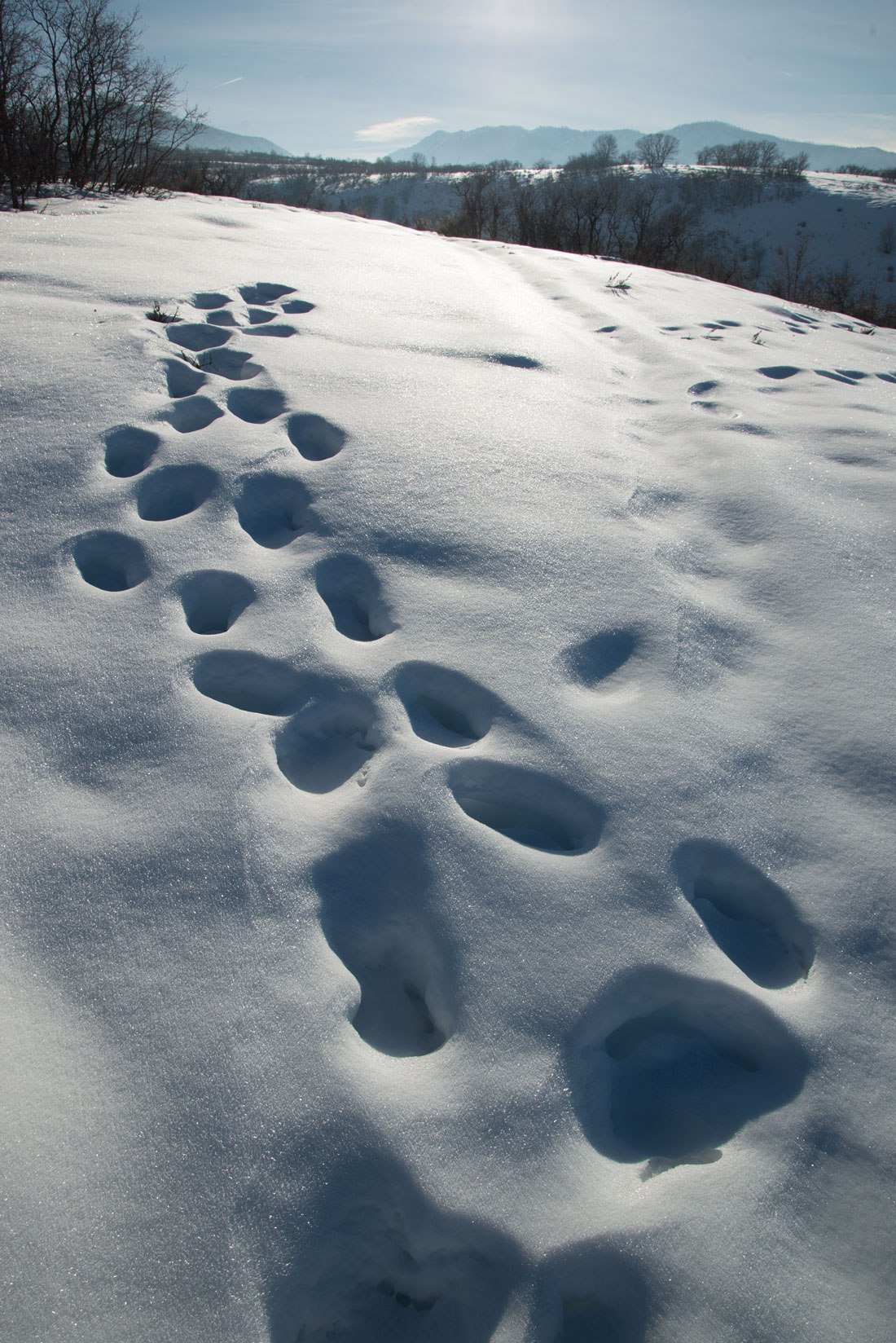
Cryophile, a cold-loving fresh-water algae in snow, can make it appear red or pink – a phenomenon called watermelon snow. Blood Falls, in Antarctica's Taylor Glacier, also has red snow caused by iron rich saltwater leaking from an ancient reservoir under the glacier.
Dark-colored particles such as dust and soot can change snow's appearance and contribute to it melting as much as 21-51 days earlier.
Snow changes how sound waves travel. After a fresh snowfall, sound waves are absorbed into the snow’s surface, dampening sound. However, if the snow melts and refreezes, the surface will reflect sound waves and sounds will seem clearer and travel further.
As snow compresses and is colder, friction between grains of ice in it produces a creaking or crunching sound when you walk on it. At temperatures closer to melting, the friction reduces so you can walk on the snow without it making noise.
Snow and Insulation
Snow‘s insulating qualities mean that some animals dig snow caves and hibernate in them through the winter. The insulating quality is the result of fresh, uncompacted snow being 90-95 percent trapped air. The air temperature inside a snow cave is higher than the outside air temperature.
The temperature of snow on the surface is influenced by air temperature, so the colder the air is, the colder the snow near the surface will be. Snow near the ground, on the other hand, is warmer because it is closer to heat stored in the ground over the summer. Snow slows the flow of heat from the warm ground to the cold air.
Snow on the Ground
Once it is on the ground, snow still isn’t created equal. Its character depends on weather conditions and the original form of the crystals. When snow is accompanied by strong winds, the crystals are broken into smaller fragments that can become more densely packed.
After a snowfall, snow can melt, evaporate, or persist for long periods. If it stays on the ground, its texture, size, and the shape of individual grains will change. It can melt and refreeze or be compressed by subsequent snowfall. Snowpack thus develops layers made up of a variety of types of snow.
Most snowflakes are less than half an inch across, but they can be as large as two inches across under near-freezing temperatures, light winds, and unstable atmospheric conditions. No routine measures of snowflake dimensions are taken, so it isn’t known how big they can get.
Snow can fall as six-sided snowflakes or as larger clumps of flakes.
Not only do we have many words for snow, we have many words for snowfalls.
Here are some of them:
- A blizzard is a violent winter storm, lasting at least three hours, which combines subfreezing temperatures and very strong wind laden with blowing snow that reduces visibility to less than a quarter mile. Kind of like at my house this week.
- A snowstorm is large amounts of snowfall.
- A snow flurry is snow that falls for short durations with little accumulation.
- A snow squall is a brief, intense snowfall that greatly reduces visibility and is often accompanied by strong winds.
- A snowburst is a very intense shower of snow, often of short duration, that greatly restricts visibility and produces periods of rapid snow accumulation.
- Blowing snow is airborne snow particles raised by the wind above the ground.
- Drifting snow is snow on the ground that is blown by the wind to less than 6.5 feet above the surface.
- Snow cover, also called snowpack, is the total snow and ice on the ground.
- New snow is recent snow in which the original form of the ice crystals can be recognized.
- Firn is rounded, well-bonded snow older than a year old.
- Névé is young, granular snow that has been partially melted, refrozen and compacted. Névé that survives a full melt season is called firn. This type of snow is associated with glacier formation.
- Old snow is deposited snow in which snow crystals can no longer be recognized.
- Seasonal snow is snow that accumulates during one season or snow that lasts for only one season.
- Perennial snow is snow that persists on the ground year after year.
- Powder snow is dry new snow, which is composed of loose, fresh ice crystals.
Once on the ground, snow is subject to various weather conditions, including blowing wind, changing temperatures, and long periods of shade or sunshine. These elements can change the shape of the snow surface. Snow can pack into a crust or make giant dunes of large snow crystals, tall thin pinnacles of hardened snow, corrugated ripple marks, irregular grooves, snow bridges across crevasses, cylindrical rolls shaped like donuts, or shallow, bowl-shaped sun cups when exposed to sunshine.
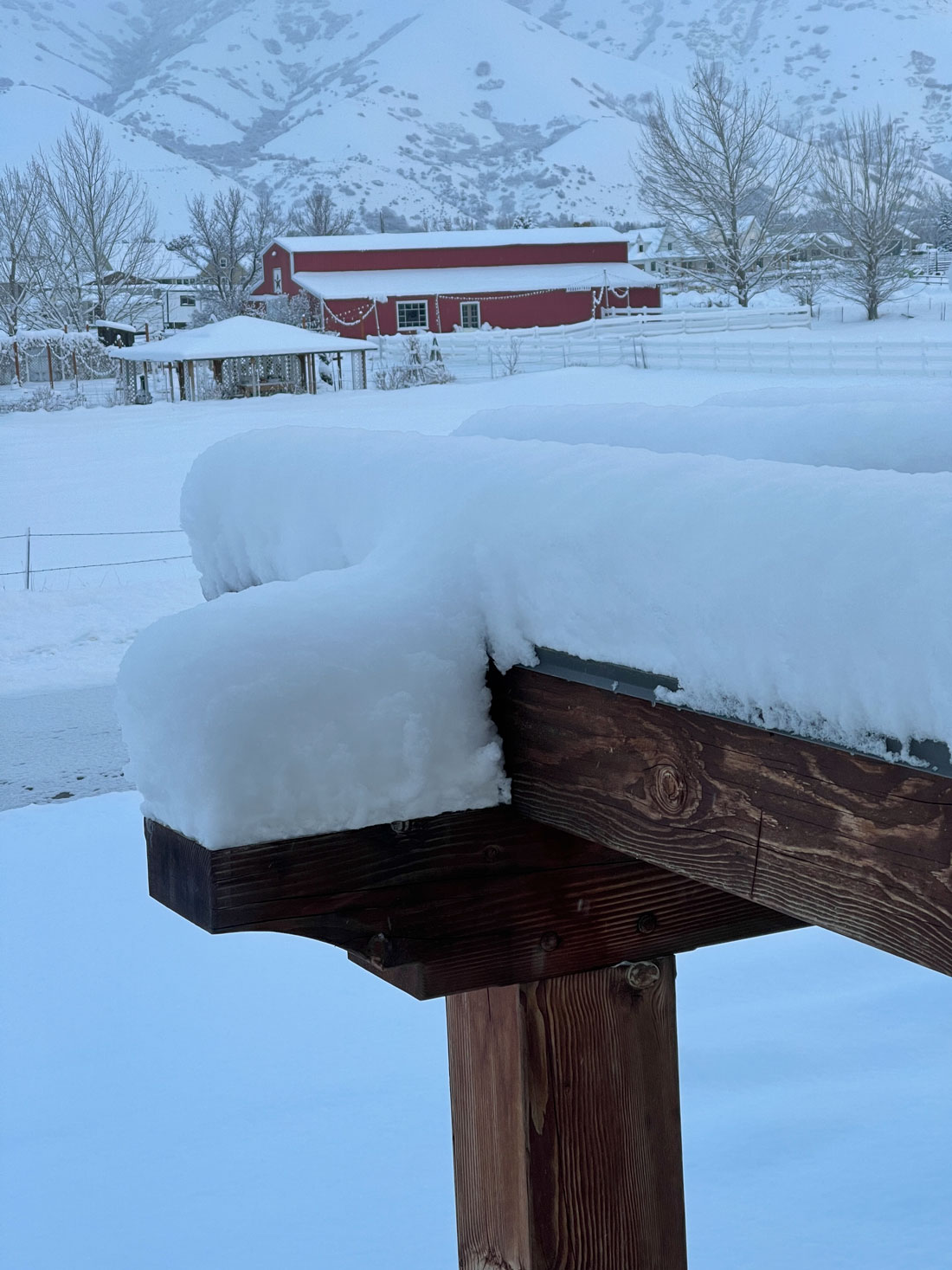
You may have noticed that meteorologists don’t always do so well in forecasting snow. This is because heavy snowfalls occur in narrow bands and extremely small temperature differences can define boundaries between rain and snow. Snow also falls unevenly, so that neighborhoods right next to each other can receive very different amounts of snow.
Snow falls at different intensities. Snow flurries are light showers. Freezing rain is supercooled water below 32 degrees F that instantly turns to ice when it hits anything. In large amounts, freezing rain becomes ice storms.
Adapting to Snow
Plants adapt to snow by growing tall and thin so their branches won't break off or developing a waxy coating on their needles that sloughs off snow.
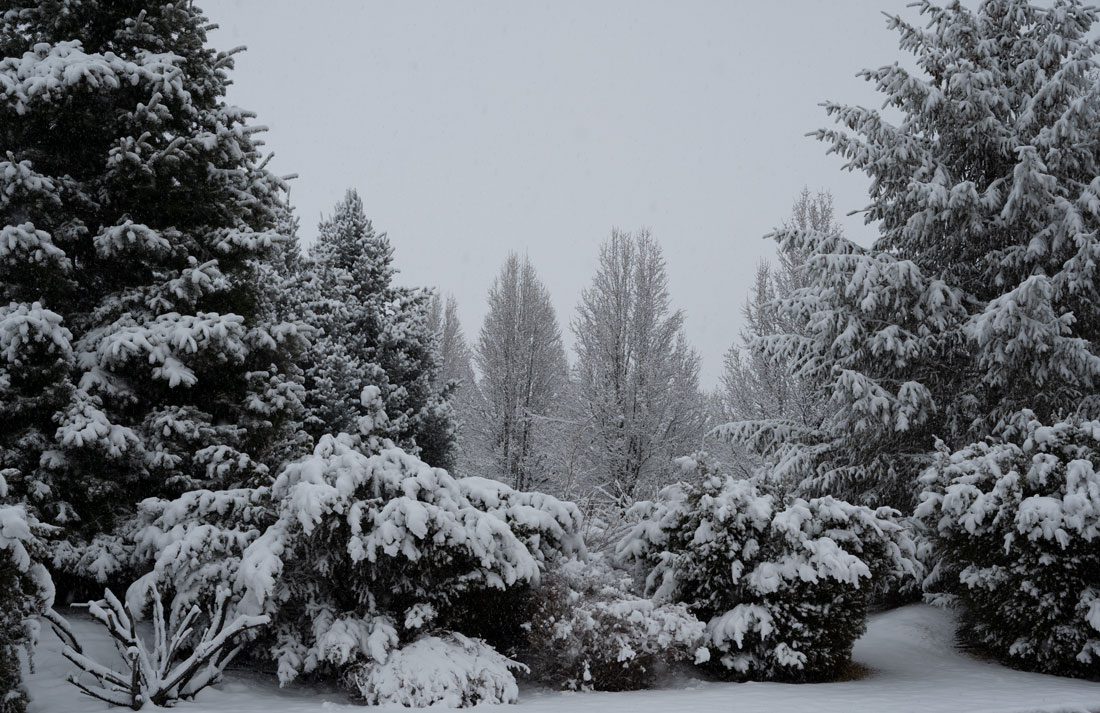
Animals have adapted in ingenius ways to deal with snow. Caribou walk in single file in snow with a lead animal breaking a trail through it, and the rest of the herd following in its tracks. Deer, elk, bison, and other grazing animals use their hooves and muzzles to clear snow away from plants that they eat. Many animals grow thicker, shaggier coats in winter.
Snowshoe hares have large hind feet, and spread their toes to act like snowshoes and allow them to walk on the surface of deep snow without falling through. The ptarmigan walks on top of the snow with its feather-covered feet.
The pika dries bundles of hay in the fall and then takes them under the snow in winter for food. The Arctic fox grows thick fur on the bottoms of its paws and has a stocky body, short legs and small ears that conserve body heat.
Many animals slow down to use up energy slowly in winter. Some insects grow and reproduce during the summer months, then die in the fall, leaving their offspring in cocoons that will open the next spring. Some animals hibernate, These animals are being affected by climate change as their winter homes become snow-free. Others migrate south.
Some animals such as the deer in the photo below cope by heading down out of the mountains into communities in foothills and valleys.
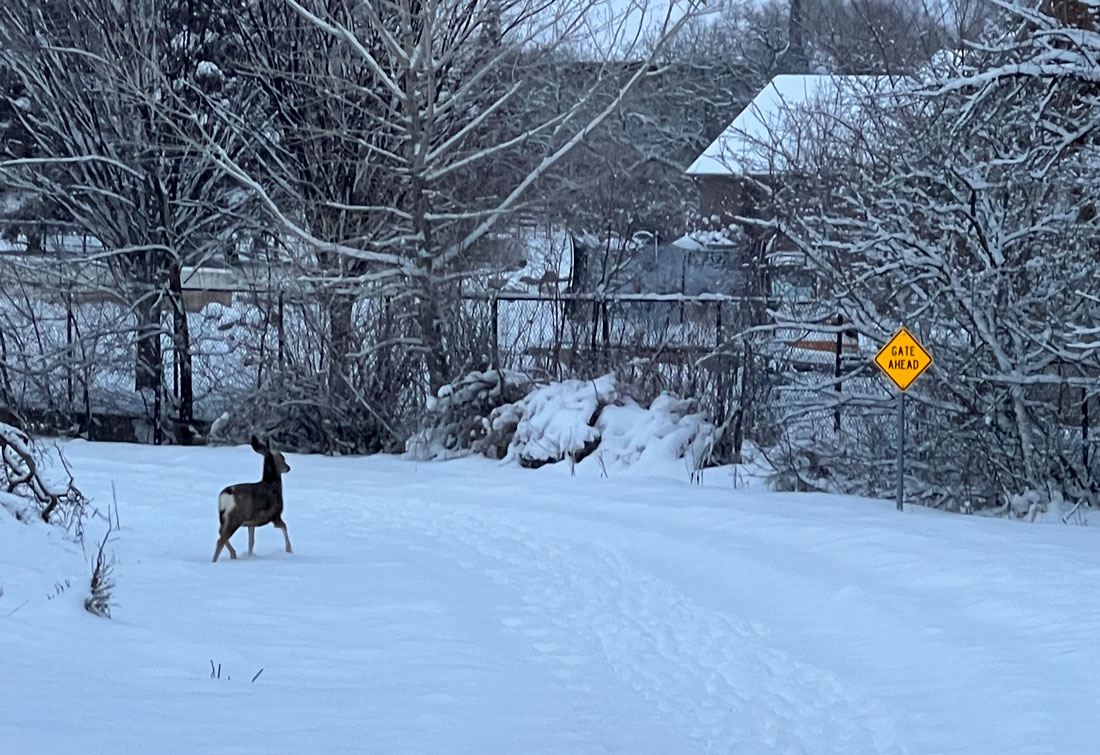
Humans have winter advisories, storm watches, and winter storm warnings for different levels of hazardous snow, especially for snowy road conditions.
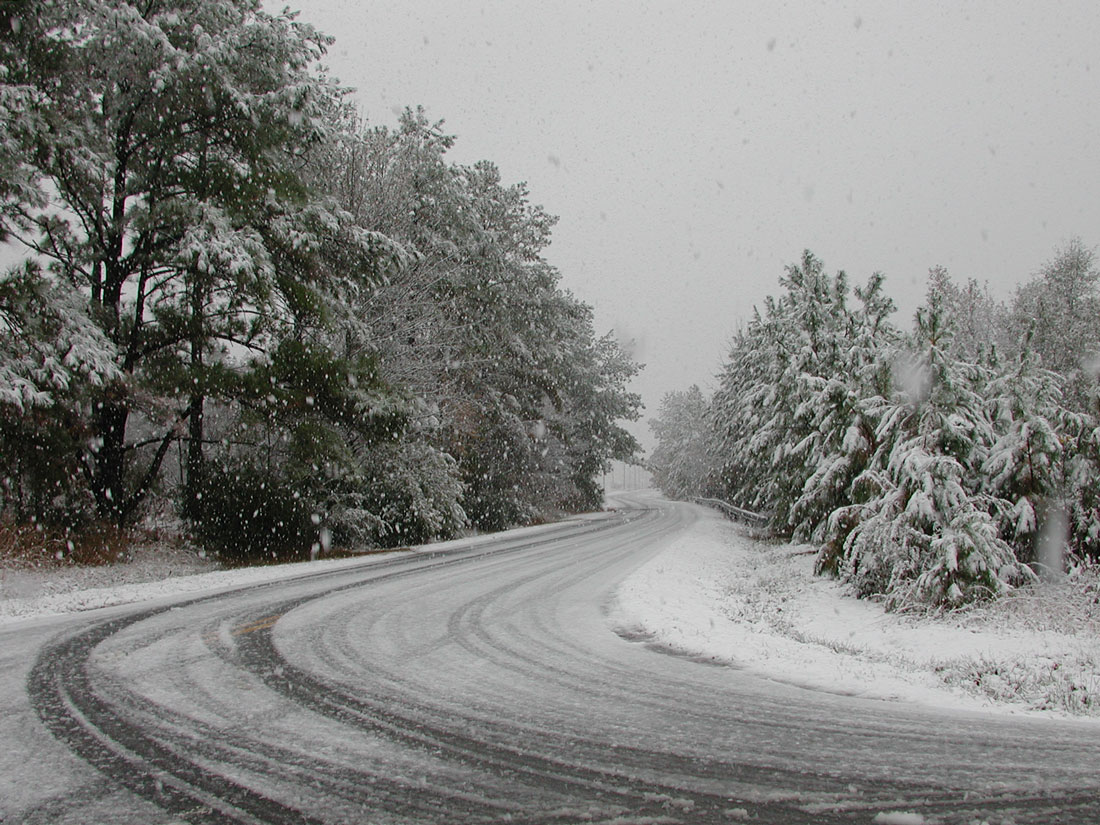
We cope with snow by inventing snow-adapted transportation from skis and snowmobiles to four-wheel drives, snow tires and chains. We have a whole variety of snow plows to remove snow from streets, train tracks, airport runways and shopping mall parking lots.
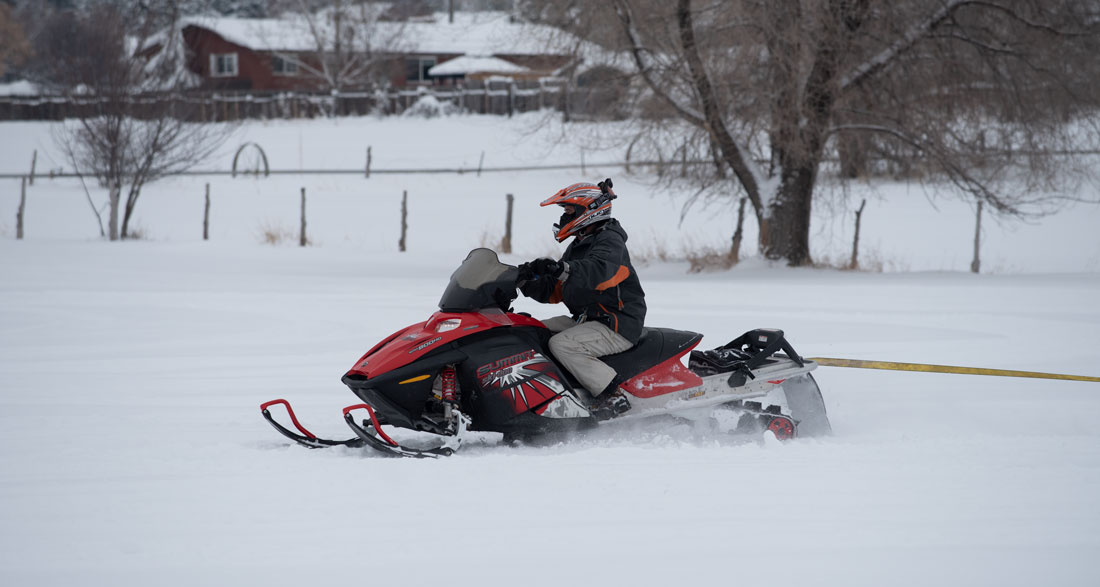
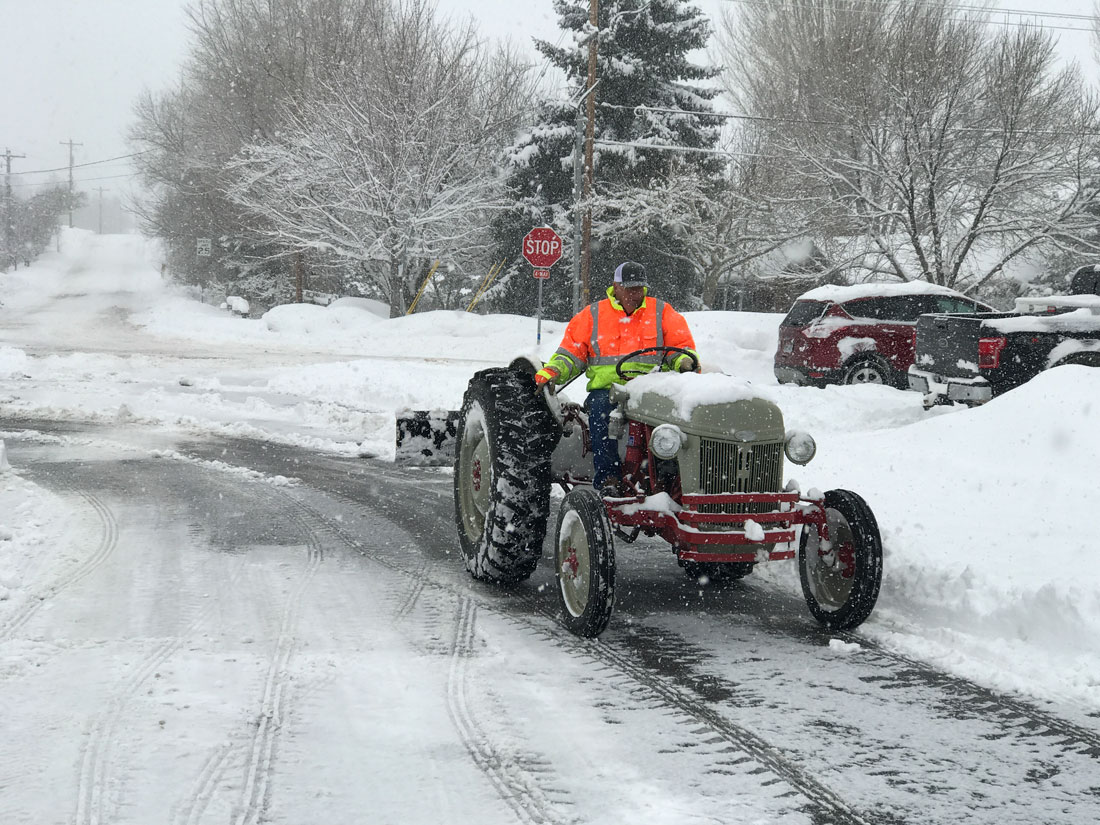
Getting snow removal right is a challenge for city governments, as snow plows pile up drifts that block parked cars from getting out and impede people from getting into offices and businesses. Some cities have passed ordinances prohibiting cars from parking on the street. Others have trucks that haul snow away and dump it in rivers.
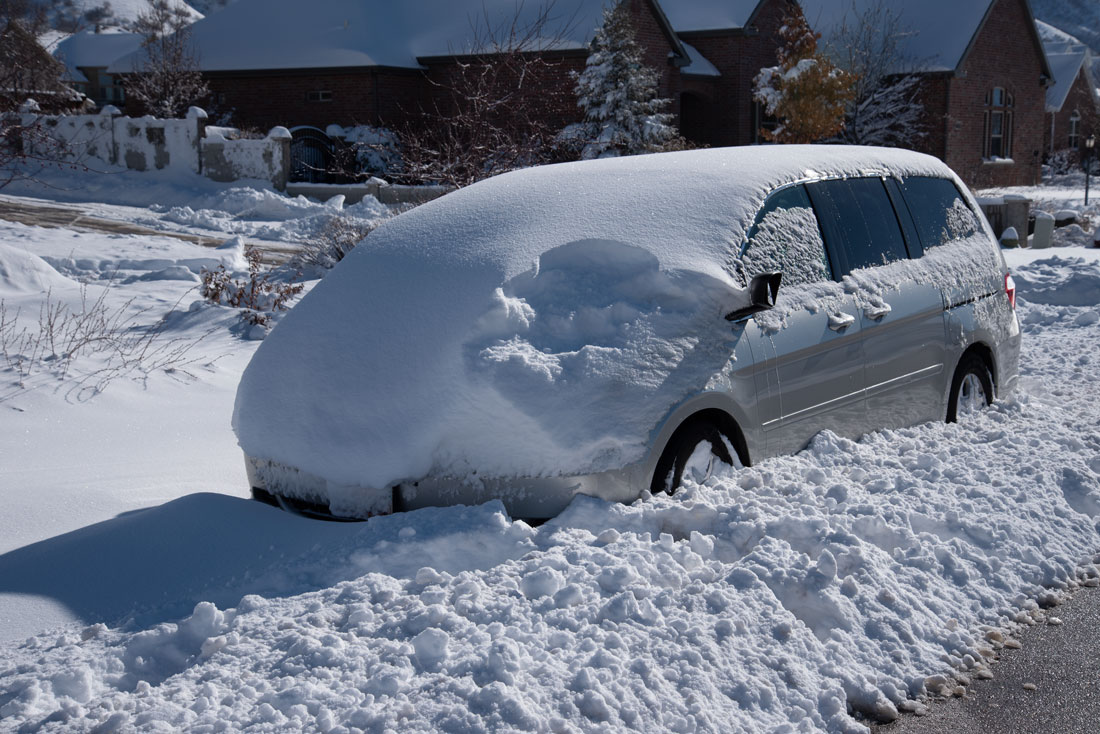
Sometimes, we find it easier just to burrow underground. The impetus for the creation of major city subway systems like New York’s was partially to avoid having to deal with snow removal on transportation routes.
And sometimes, the easiest approach to snow is just to stay home or to get out a snow shovel.
Check out these related items

The River That Keeps on Giving
The mammoth Colorado River is the lifeblood of the southwest United States, supplying water and power for cities and agriculture.
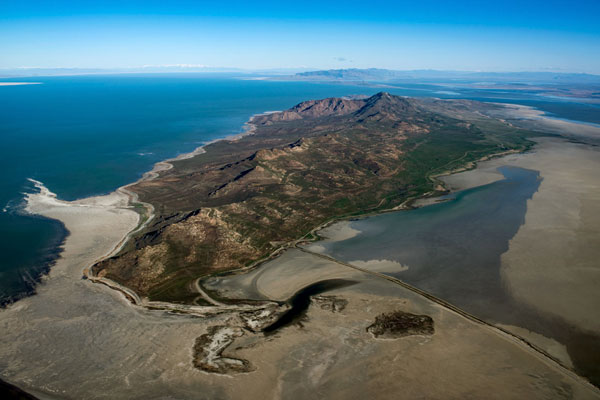
Saving the Great Salt Lake
The Great Salt Lake, along with other saline lakes worldwide, is drying out. Preserving and restoring won't come cheap.
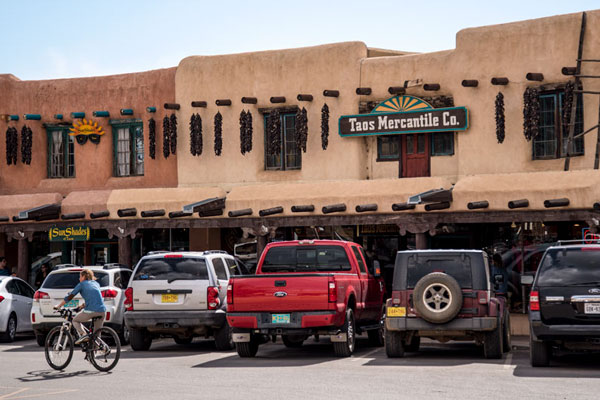
The Booming and Broiling Southwest
The American Southwest is the fastest growing region in the United States, but also the hottest and most arid.
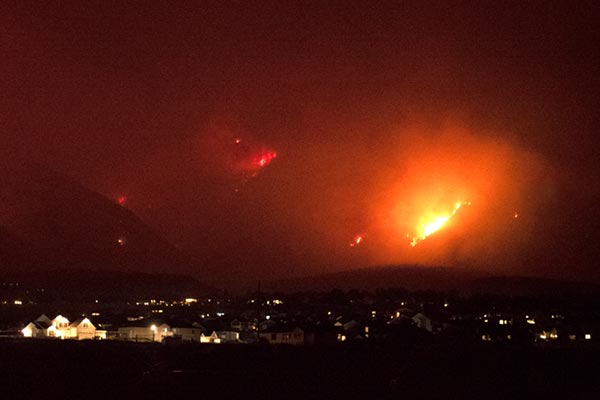
Fire! Is this the new norm?
Are record wildfires the new norm in the West? As fires threaten homes and communities, here are answers to questions about them.
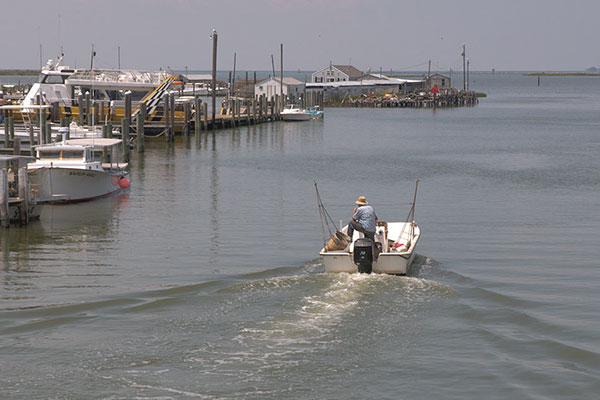
The Chesapeake’s Shrinking Isle
Smith Island in the Chesapeake Bay is rich in history but shrinking in land and population.
